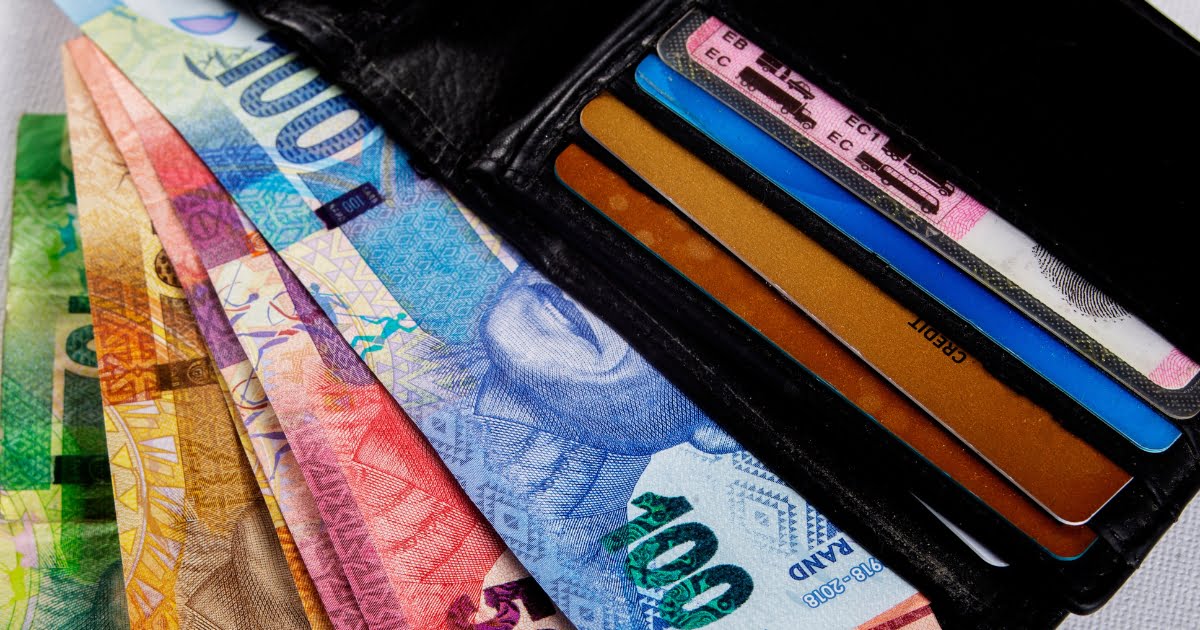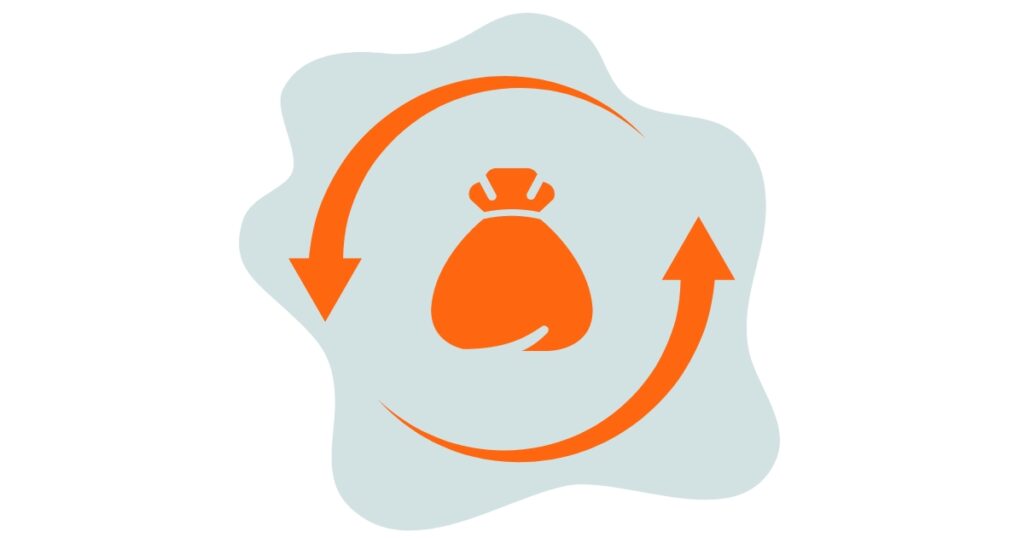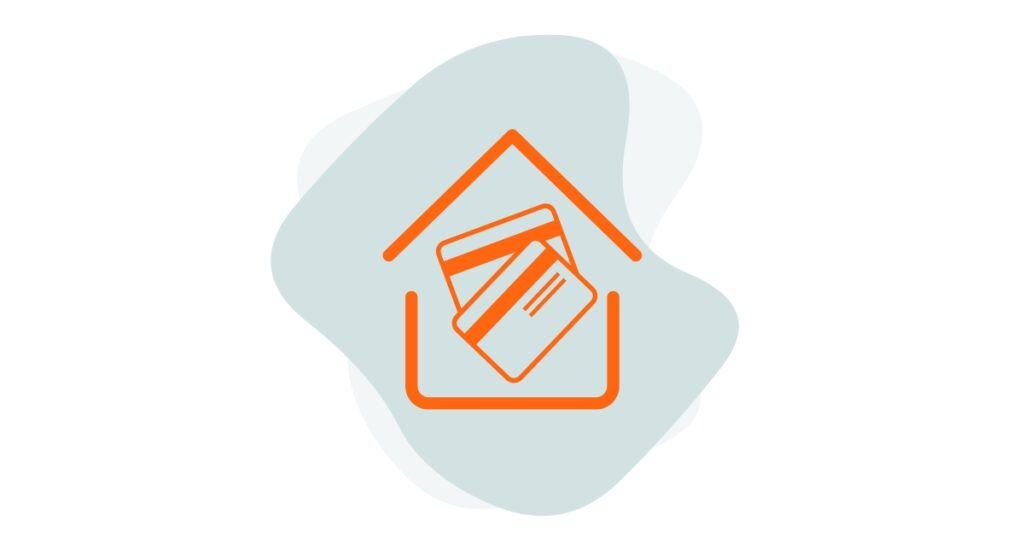
Selecting the ideal credit solution depends on your requirements from the credit facility. Among the available choices, a revolving loan stands out for its adaptability, though it demands meticulous oversight. To assist you in making a well-informed choice, here’s essential information on these loans.
Key Takeaways
- A revolving loan represents a line of credit that stays accessible even as you repay.
- You’re entitled to withdraw funds up to a specified limit, referred to as the credit limit.
- Upon repaying any portion of the revolving loan, the principal amount, excluding interest charges and applicable fees, becomes available again for borrowing.
- Interest is incurred on any balance that is carried over.

Understanding Revolving Loans
A revolving loan is a flexible credit solution that offers you the convenience to:
- Make extra repayments whenever you choose; and
- Re-access borrowed funds after repaying a certain portion of your loan (typically 15%), without the need for reapplication, ensuring funds are readily available when required.
This credit facility is designed with an open-ended loan term, where the interest rates are influenced by your creditworthiness and affordability, subject to fluctuations over time.
Depending on your needs and the specific offering, you have the option to select either variable repayments (based on the amount you utilize) or fixed repayments (consistent amounts).
How Revolving Loan Works
When a borrower secures a revolving loan, the lending institution sets a credit limit that can be utilized repeatedly, in full or partially. This limit represents the peak sum the lender is prepared to offer to a client in need of funds.
Typically, a revolving loan is granted without an expiry date, allowing the agreement to persist as long as the account is maintained properly. To incentivize their most reliable customers to utilize more funds, banks might increase the credit limit over time.
Borrowers are required to pay interest monthly on the owed balance. Due to its convenience and adaptability, revolving credit often attracts a higher interest rate than traditional installment loans. Additionally, revolving loans may feature variable interest rates, which are subject to adjustments.
The terms of a revolving loan can be significantly influenced by changes in the repo rate. As the rate adjusts, so do the costs associated with borrowing, making it essential for borrowers to stay informed.
Difference of Revolving Loans from Other Credit Solutions
A revolving loan differs significantly from a personal loan. When you take out a personal loan, you receive a lump sum that cannot be borrowed again once it’s repaid. You pay back this amount through fixed monthly installments over a set period, with the interest rate influenced by your credit score.
On the other hand, a revolving loan is more akin to a credit card or an overdraft facility on your bank account. It allows for repeated borrowing as long as you make regular repayments.
This means that if you need ongoing access to borrowed funds, a revolving loan may be better suited to your financial needs. However, if you only require a specific, one-time amount, opting for a personal loan might be the more appropriate choice.
Examples of Revolving Credit
The most commonly utilized forms of revolving loans include credit cards, which are typically employed for larger expenditures, and retail store cards, favored for more modest expenses. Another variant, revolving lines of credit, mirrors credit cards but does not necessitate a physical card; instead, lenders issue a cheque. Unlike credit cards, which require a purchase for fund access, lines of credit allow direct fund transfers into your account. They often feature lower interest rates, making them ideal for financing significant outlays, such as home renovations.
Manage your revolving loan effectively and understand how to pay off a loan fast. Remember, considering strategic repayments is crucial!

Common Types of Revolving Credit
The most prevalent forms of revolving loans encompass credit cards, personal lines of credit, and home equity lines of credit.
Credit Cards
Credit cards allow you to make purchases up to a specified credit limit and require repayment of the spent amount, along with any applicable fees and interest, to the issuer. If you clear your balance before the grace period ends, typically 21 to 30 days after the billing cycle concludes, you won’t incur interest. Many credit cards also offer rewards based on your expenditure, along with additional benefits such as extended warranties on purchases made with the card.
Personal Line of Credit
Offered by certain banks and credit unions, this facility allows you to borrow funds up to your credit limit. Throughout the draw period, typically lasting three to five years, you can access funds using a bank card or cheques. Repayment entails variable monthly payments, ranging from the minimum required to the full balance. As you make repayments, your available credit is restored. Following the draw period, a repayment period of typically three to five years ensues, during which any outstanding balance is repaid in fixed monthly installments.
Home Equity Line of Credit (HELOC)
Similar to a personal line of credit but secured against your home as collateral. HELOCs enable borrowing against the equity of your home, defined as the current appraised value minus any outstanding mortgage balance. Typically, you can borrow between 60% and 85% of your home’s equity, with periods of five to 10 years and repayment periods extending 10 to 20 years post-draw period.
Here’s a concise table summarising how revolving loans compare to other forms of credit such as personal loans, credit cards, and home equity lines of credit (HELOCs), highlighting the key differences and appropriate situations for each:
| Credit Type | Key Features | Best For |
|---|---|---|
| Revolving Loans | Flexible credit limit, re-borrowable after repayment, generally higher interest rates | Those needing continuous access to funds for varying financial needs; ideal for managing cash flow |
| Personal Loans | Fixed amount borrowed, set repayment schedule, usually lower interest rates | Large, one-time expenses like weddings or home renovations; budgeting is easier with predictable payments |
| Credit Cards | Credit limit for purchases, high interest rates if balance isn’t paid in full, rewards and benefits | Everyday spending, emergency purchases, and users who can pay off balances to utilise rewards effectively |
| Home Equity Lines of Credit (HELOC) | Secured against home equity, revolving credit, often lower interest rates than other credit forms | Large expenses such as home improvements or tuition, where long repayment terms are beneficial and tax deductibility of interest may apply |
This table provides a quick comparison to help readers understand which type of credit might be best suited to their financial situation and needs.
Use our loan repayment calculator to estimate your repayments on different forms of credit, ensuring you can manage your finances effectively.
Advantages and Disadvantages of Revolving Credit
Advantages
- Emergency Funding: Revolving loan facilities are particularly beneficial for financial emergencies, eliminating the need to reapply each time you access credit.
- Flexibility: They offer the flexibility to borrow effortlessly when in need of short-term or small loans.
- Credit History: Utilizing revolving loans for minor purchases and ensuring timely repayments can aid in establishing a positive credit history.
- Fraud Protection: Revolving loan typically comes with enhanced fraud protection compared to cash or debit cards.
Disadvantages
- Credit Utilization Ratio: To avoid negatively affecting your credit score, it’s crucial to maintain your credit balance below 30% of your total available credit.
- Interest Rates: Revolving loans may carry higher interest rates than non-revolving credit options for balances that are carried over.
- Credit Checks: Applications for revolving loans involve a hard credit check, which can temporarily lower your credit score. It’s advisable to limit the number of revolving credit applications to avoid multiple impacts.
- Account Closure Impact: Closing a revolving loan account, whether due to mismanagement or inactivity, can adversely affect your credit utilization ratio. Keeping the account open is generally more beneficial for your credit score.
Conclusion
A revolving loan represents a credit line that serves as a useful financial instrument, facilitating the payment for various expenses. By utilizing a revolving loan judiciously, you have the opportunity to enhance your credit score and possibly reap benefits such as cashback or travel points. If you possess a revolving credit line, ensuring timely minimum payments is crucial to avoid detrimental impacts on your credit score.
Frequently Asked Questions
Having a revolving loan can be advantageous, especially for those needing flexible access to funds with the option to repay over time. However, irresponsible use can lead to financial difficulties.
To positively influence your credit score, it’s advisable to keep revolving loan usage below 30% of your total available credit. Exceeding this threshold can negatively affect your credit score. A lower credit utilization ratio is generally seen as beneficial for maintaining a healthy credit score.
Responsible use of revolving loans can enhance your credit score. This includes making at least the minimum payments on time, aiming to pay more than the minimum or settling the full balance monthly to dodge interest charges, and keeping your credit utilization ratio under 30%.
Yes, revolving credit can negatively impact your credit score if managed poorly. Late payments, high credit utilization ratios (above 30%), and accumulating too much debt can lower your score. It’s crucial to manage revolving credit wisely to avoid these pitfalls.
Revolving credit allows you to borrow up to a certain limit without a fixed repayment term and to re-borrow funds as you repay them. In contrast, installment credit involves borrowing a fixed amount and repaying it in equal monthly installments over a set period. Installment loans are used for specific purposes, such as a mortgage or car loan, whereas revolving credit offers more flexibility and can be used for various needs.
Fast, uncomplicated, and trustworthy loan comparisons
At Arcadia Finance, you can compare loan offers from multiple lenders with no obligation and free of charge. Get a clear overview of your options and choose the best deal for you.
Fill out our form today to easily compare interest rates from 19 banks and find the right loan for you.


